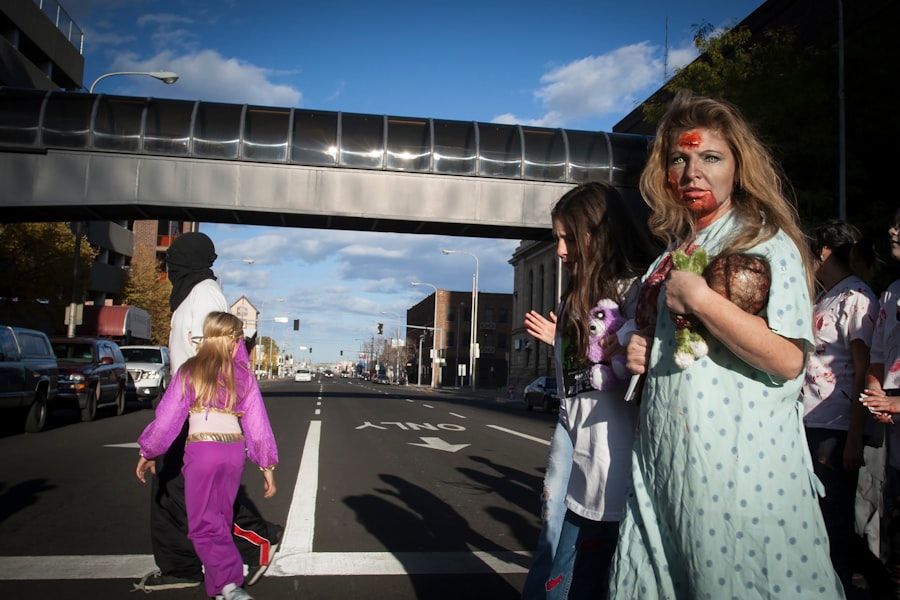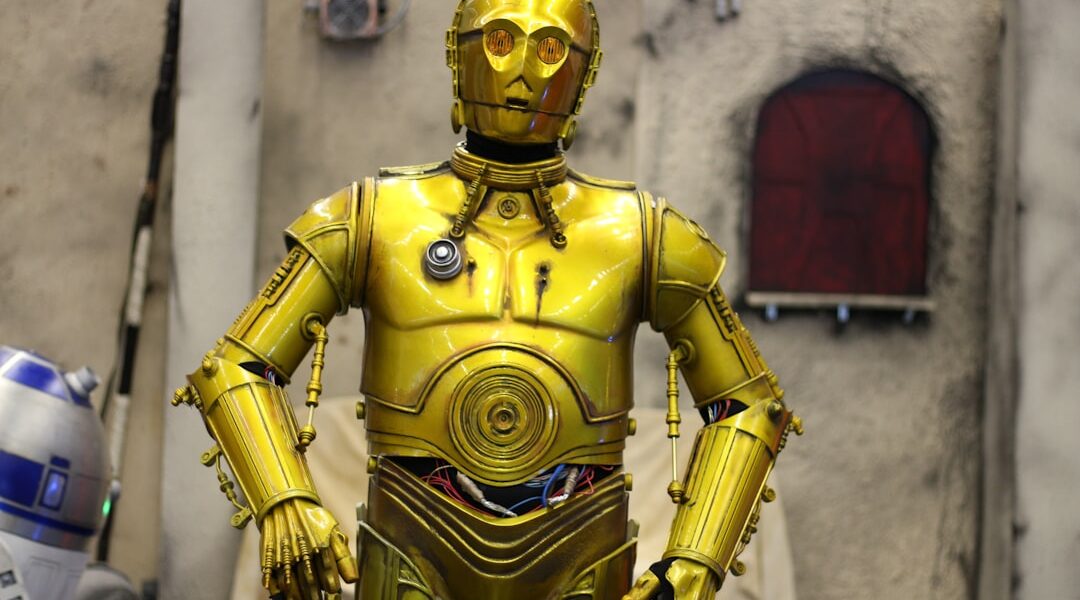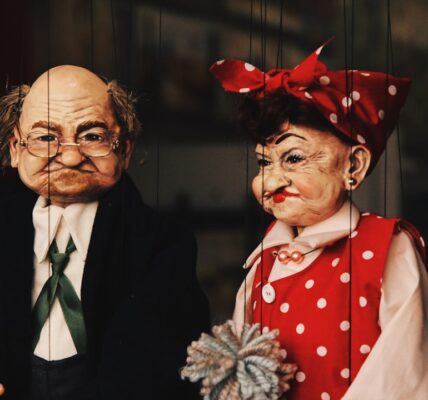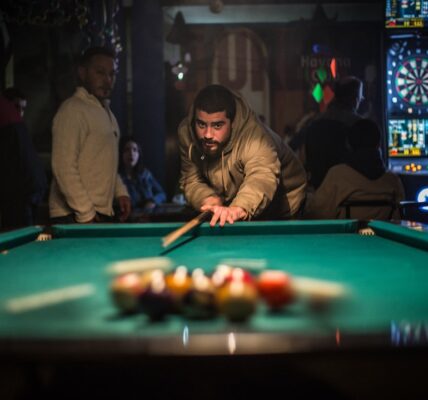Cosplay, a portmanteau of “costume” and “play,” is a multifaceted art form that involves dressing up as characters from various media, including anime, video games, movies, and comic books. It transcends mere costume-wearing; it embodies a performance aspect where individuals not only don the attire of their chosen characters but also adopt their mannerisms, speech patterns, and attitudes. This immersive experience allows cosplayers to step into the shoes of their favorite characters, creating a unique blend of fandom and creativity.
The practice often involves meticulous attention to detail, with cosplayers spending hours crafting costumes that accurately reflect the original designs, from intricate armor to delicate fabrics. The appeal of cosplay lies in its ability to foster a sense of belonging and community among fans. Participants often attend conventions, where they can showcase their creations, meet fellow enthusiasts, and engage in activities such as photoshoots and panels.
Cosplay serves as a bridge between individuals and the fictional worlds they adore, allowing them to express their passion in a tangible way. The act of embodying a character can also be empowering, as it provides an avenue for self-expression and exploration of identity. For many, cosplay is not just a hobby; it is a vital part of their lives that enhances their connection to the stories and characters they love.
The History of Cosplay
The origins of cosplay can be traced back to the early 20th century, although the term itself was coined in the 1980s. One of the earliest instances of costume play can be found in the science fiction community, where fans would dress as their favorite characters during conventions. In 1939, the first World Science Fiction Convention (Worldcon) took place in New York City, where attendees donned costumes inspired by their favorite literary figures.
This early form of cosplay laid the groundwork for what would evolve into a vibrant subculture. The term “cosplay” was popularized by Nobuyuki Takahashi in 1984 when he attended the Los Angeles Science Fiction Worldcon and observed fans dressing up as characters from various media. He later used the term in an article for a Japanese magazine, which sparked interest in the practice within Japan.
By the late 1980s and early 1990s, cosplay began to gain traction in Japan’s otaku culture, particularly with the rise of anime and manga. Events like Comiket (Comic Market) became hotspots for cosplayers to showcase their work, leading to an explosion of creativity and innovation in costume design. As the internet emerged as a platform for sharing ideas and creations, cosplay spread globally, evolving into a diverse and inclusive community.
The Influence of Cosplay on Pop Culture

Cosplay has significantly impacted pop culture, influencing fashion trends, media representation, and even marketing strategies. Major film studios and game developers have recognized the power of cosplay as a promotional tool. For instance, blockbuster films often feature cosplayers at conventions or events to generate buzz and excitement around upcoming releases.
This symbiotic relationship between cosplayers and the entertainment industry has led to increased visibility for both parties, with cosplayers often becoming influencers in their own right. Moreover, cosplay has played a crucial role in shaping how characters are perceived by audiences. When fans embody characters through cosplay, they bring new interpretations and dimensions to those figures.
This can lead to greater appreciation for character development and storytelling within various franchises. For example, cosplayers often create gender-bent versions of characters or reinterpret them through different cultural lenses, challenging traditional notions of identity and representation in media. Such creative expressions can spark conversations about diversity and inclusivity within fandoms, pushing creators to consider broader perspectives in their work.
The Diversity of Cosplay
| Aspect | Metrics |
|---|---|
| Gender | Percentage of male, female, and non-binary cosplayers |
| Age | Age distribution of cosplayers |
| Genre | Popular genres of cosplay (e.g. anime, video games, movies) |
| Representation | Percentage of cosplayers representing characters of different ethnicities |
| Accessibility | Availability of cosplay materials and costumes for different body types |
One of the most remarkable aspects of cosplay is its inherent diversity. Cosplayers come from all walks of life, representing various ages, ethnicities, genders, and backgrounds. This inclusivity enriches the community by fostering a wide range of interpretations and styles.
While some cosplayers meticulously recreate costumes down to the last detail, others may choose to put their own spin on a character’s design or mix elements from different sources. This creative freedom allows individuals to express themselves authentically while celebrating their favorite characters. Additionally, cosplay has become a platform for addressing social issues and advocating for representation.
Many cosplayers use their craft to highlight underrepresented characters or themes within popular media. For instance, cosplaying as characters from marginalized backgrounds can raise awareness about diversity in storytelling and encourage discussions about representation in mainstream media. Events like Black Cosplay Day celebrate Black cosplayers and promote visibility for characters of color, while initiatives like LGBTQ+ cosplay groups provide safe spaces for individuals to express their identities through their chosen characters.
This intersectionality within cosplay not only enriches the community but also contributes to broader conversations about inclusivity in pop culture.
Embracing Cosplay as a Hobby
For many individuals, cosplay is more than just a pastime; it is a fulfilling hobby that combines creativity, craftsmanship, and performance art. The process of creating a costume can be incredibly rewarding, involving skills such as sewing, prop-making, painting, and even makeup artistry. Many cosplayers take pride in learning new techniques and honing their skills over time.
Online platforms like YouTube and Instagram have become invaluable resources for aspiring cosplayers seeking tutorials and inspiration from seasoned veterans. Moreover, cosplay encourages collaboration among enthusiasts. Many cosplayers work together on group projects or participate in photoshoots that require teamwork and coordination.
This collaborative spirit fosters friendships and connections that extend beyond the realm of costume-making. Conventions often serve as gathering places for these communities, where individuals can share tips, showcase their work, and celebrate each other’s achievements. The sense of camaraderie that develops through shared experiences can be one of the most rewarding aspects of embracing cosplay as a hobby.
The Community of Cosplayers

The cosplay community is a vibrant tapestry woven from diverse threads of creativity, passion, and shared interests. Online platforms such as social media have played a pivotal role in connecting cosplayers from around the world. Websites like DeviantArt and forums dedicated to specific fandoms allow individuals to showcase their work, seek feedback, and engage with others who share their enthusiasm.
These digital spaces have democratized access to cosplay culture, enabling newcomers to find support and inspiration regardless of their geographical location. In-person events like conventions further strengthen this sense of community. These gatherings provide opportunities for cosplayers to meet face-to-face, participate in contests, attend panels featuring industry professionals, and engage in workshops that enhance their skills.
The atmosphere at conventions is often electric; attendees share stories about their favorite characters while admiring each other’s costumes. Many cosplayers form lasting friendships through these interactions, creating networks that extend beyond conventions into real life. The community aspect of cosplay also emphasizes inclusivity and support.
Many groups actively promote positive environments where individuals can express themselves without fear of judgment or discrimination. Initiatives aimed at combating negativity within the community have gained traction, encouraging members to uplift one another rather than engage in harmful comparisons or criticism. This focus on positivity fosters an environment where creativity can flourish, allowing cosplayers to explore new ideas without constraints.
In conclusion, cosplay is a rich and dynamic practice that encompasses creativity, performance art, and community engagement. Its history reflects a journey from niche fandoms to mainstream recognition, while its influence on pop culture continues to grow. The diversity within cosplay enriches the experience for all participants, allowing for unique interpretations and discussions about representation in media.
As more individuals embrace cosplay as a hobby, they contribute to an ever-evolving community that celebrates creativity and inclusivity at its core.




